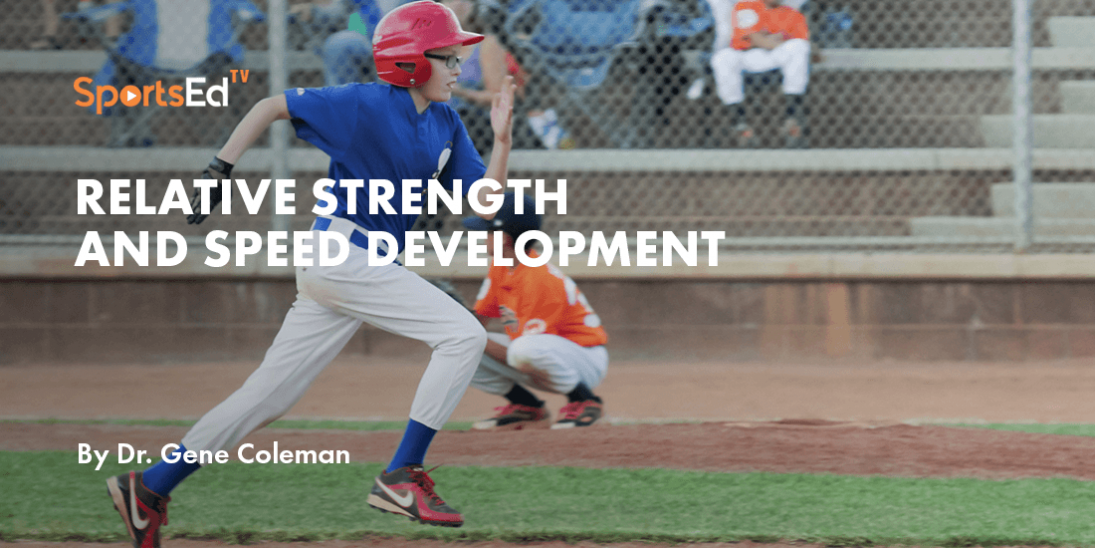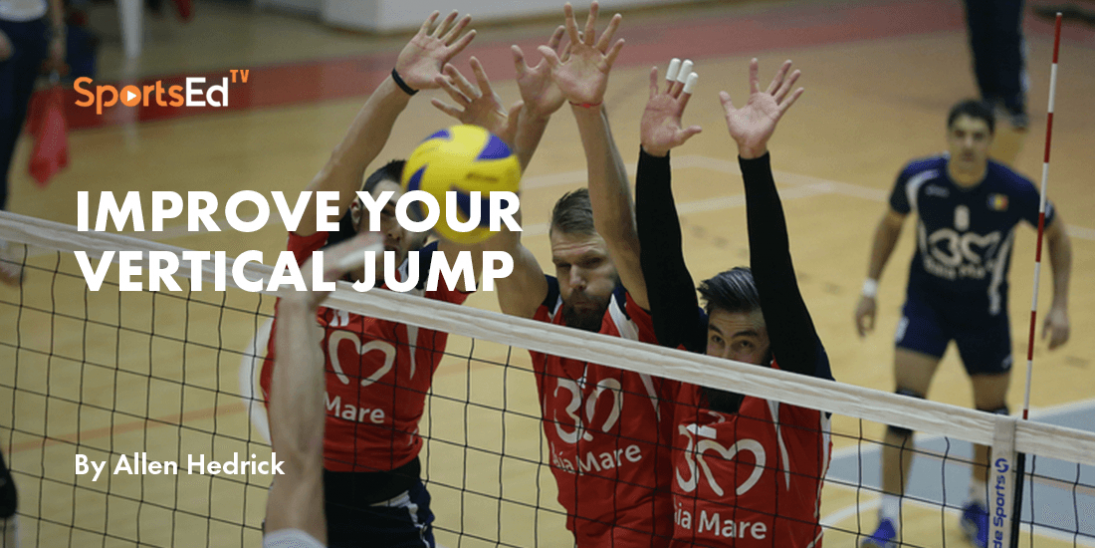Baseball, Running, Strength And Conditioning
Welcome and thanks for visiting...

Relative Strength and Speed Development

Relative strength
Relative strength is your strength score divided by your body weight. If two athletes are equal in all other aspects, the lighter athlete will almost always be faster. Why? Because every time your foot strikes the ground while running your body has to first absorb the force of impact, then stabilize your body, and finally propel your body forward. “For every pound of muscle or body weight added to an athlete, two additional pounds of ground reaction force are needed to offset the added weight and move the body forward “(1).

The two boys in the photo are both 12 years of age.
The smaller boy weighs 75 pounds, and the larger boy weighs 165 pounds.
If the smaller boy has 75 pounds of absolute strength, his relative strength is 1.0 pounds of strength for every pound of body weight (75 lb. of strength / 75 lb. of body weight). If the larger boy has 145 pounds of absolute strength, his relative strength is 0.88 pounds of strength for every pound of body weight (145 lb. of strength / 165 lb. of body weight).
The larger boy has less relative strength than the smaller boy and would be unable to apply enough force into the ground to run as fast as the smaller body. In order for them to go from home to first base at the same time (4.82 s), the larger boy would have to exert approximately twice as much ground reaction force, i.e., be almost twice as strong per pound of body weight as the smaller boy.
If the smaller boy gained 10 pounds in the off-season and wanted to improve his time to first base next season by 5% (go from 4.82 to 4.72 s), he would have to be able to exert about 13% more force. Gaining weight as the result of maturation will not make you faster unless you increase your relative strength. If it required 75 pounds of ground reaction force to get the smaller boy to first base at 75 pounds, it will take approximately 95 pounds (2 pounds of force for every pound of added weight) to get him to first base in 4.72 s at 85 pounds.
Newton’s law of acceleration (a = F/m) says that acceleration = force (strength) / mass (weight). A player who gains weight must get stronger in order to maintain or increase his rate of acceleration and speed.
Benefits of improved strength on running speed
Increasing strength will increase the amount of force that you can apply to the ground. Speed is determined by how much force you can apply into the ground. Better sprinters apply more force to the ground.
Stronger runners tend to be more efficient runners. At max speed, weaker runners have a more vertical and less horizontal displacement of their center of gravity every time a foot contacts the ground. This up-and-down movement wastes energy, limits the ability to apply horizontal force into the ground, reduces ground reaction force, and reduces speed.
Stronger runners also have more core strength which helps them stabilize their torso while running. A strong core provides a stable base from which the legs and arms can move. Stronger athletes are better able to synchronize the movements of the arms and legs and optimize the forces they generate.
Note - Being strong does not mean that you will automatically be fast. There are a number of other factors (running mechanics, agility, balance, coordination, flexibility, power, etc.) required to be fast. The purpose of this post is to state that “you won’t be fast without good relative strength.” This is why strength development is a primary focus when working with younger athletes. Most young athletes (12-16 years) want and need to be faster. Making them stronger is step one in accomplishing this goal. Why? Because strength is a precursor for speed and power development. There are a lot of weak slow runners, but there are no weak fast runners.
Reference
1. Mann, Ralph. The mechanics of sprinting and hurdling, 2nd edition, 2015. CreateSpace Independent Publishing Platform.
Gene Coleman, Ed. D., RSCC*E, FACSM has over four decades as a head strength and conditioning coach (Astros 1978-2012) and strength and conditioning consultant (Rangers 2013-2020). He is Professor Emeritus in the Exercise and Health Sciences Program at the University of Houston – Clear Lake and Website Education Manager baseballstrength.org.








